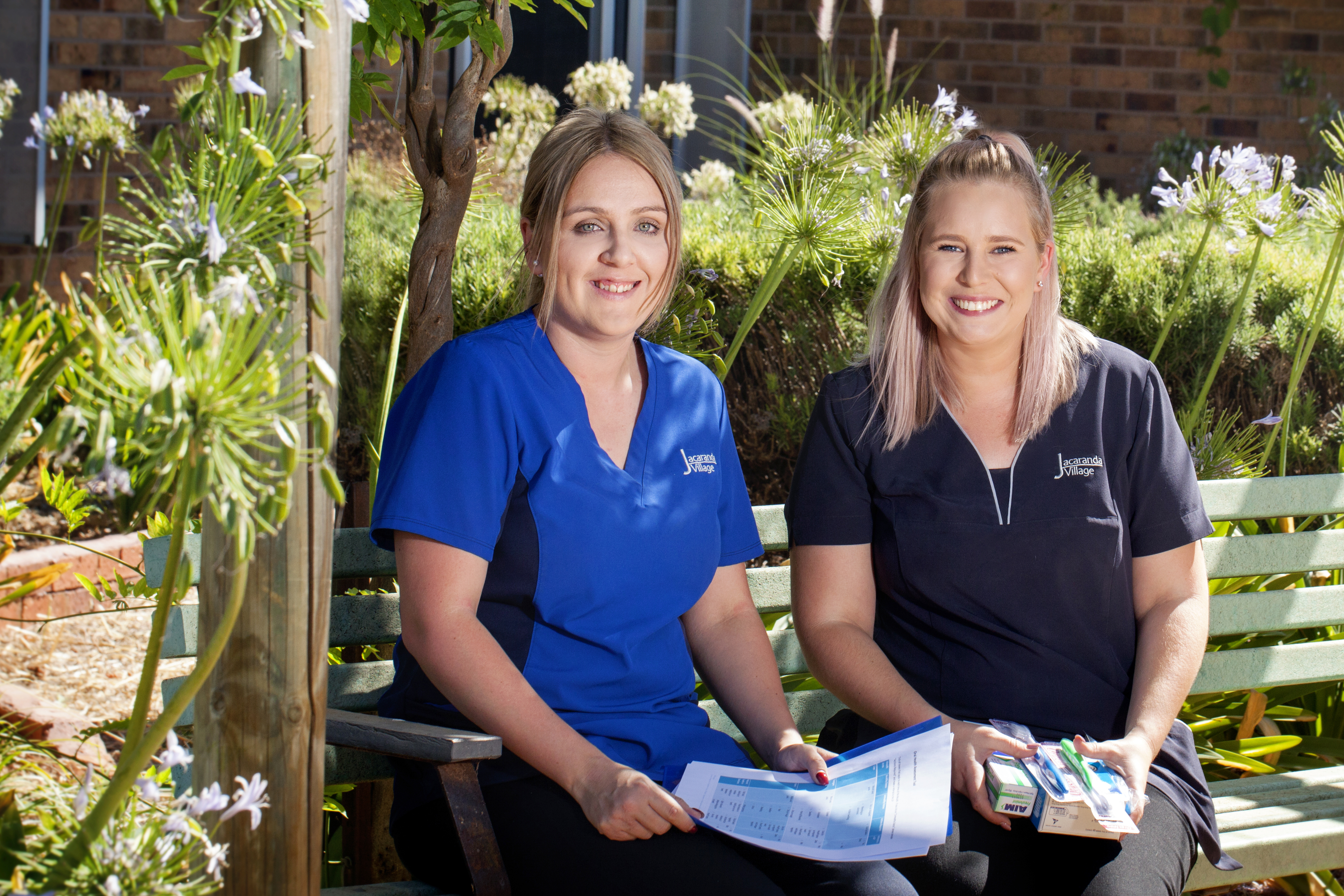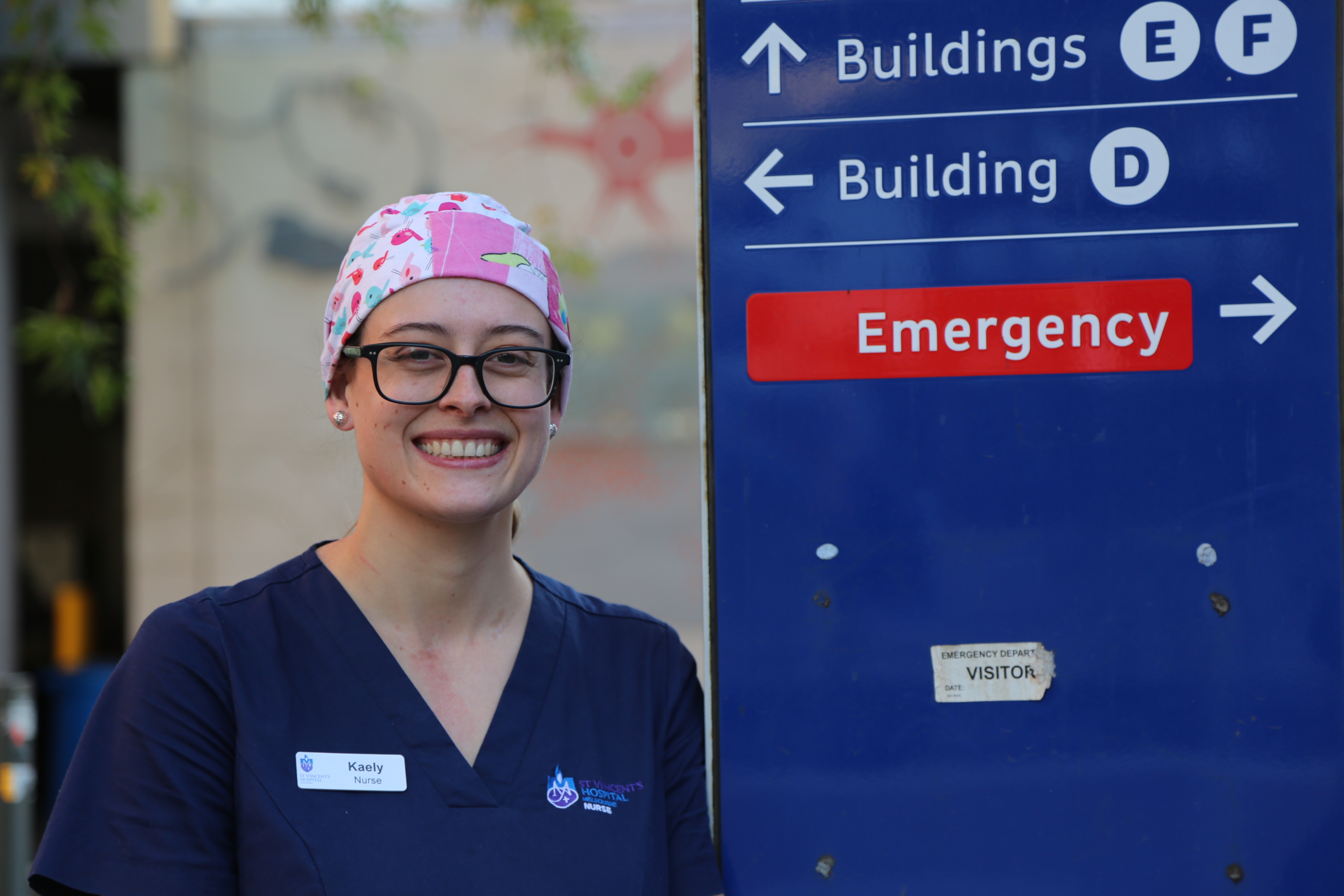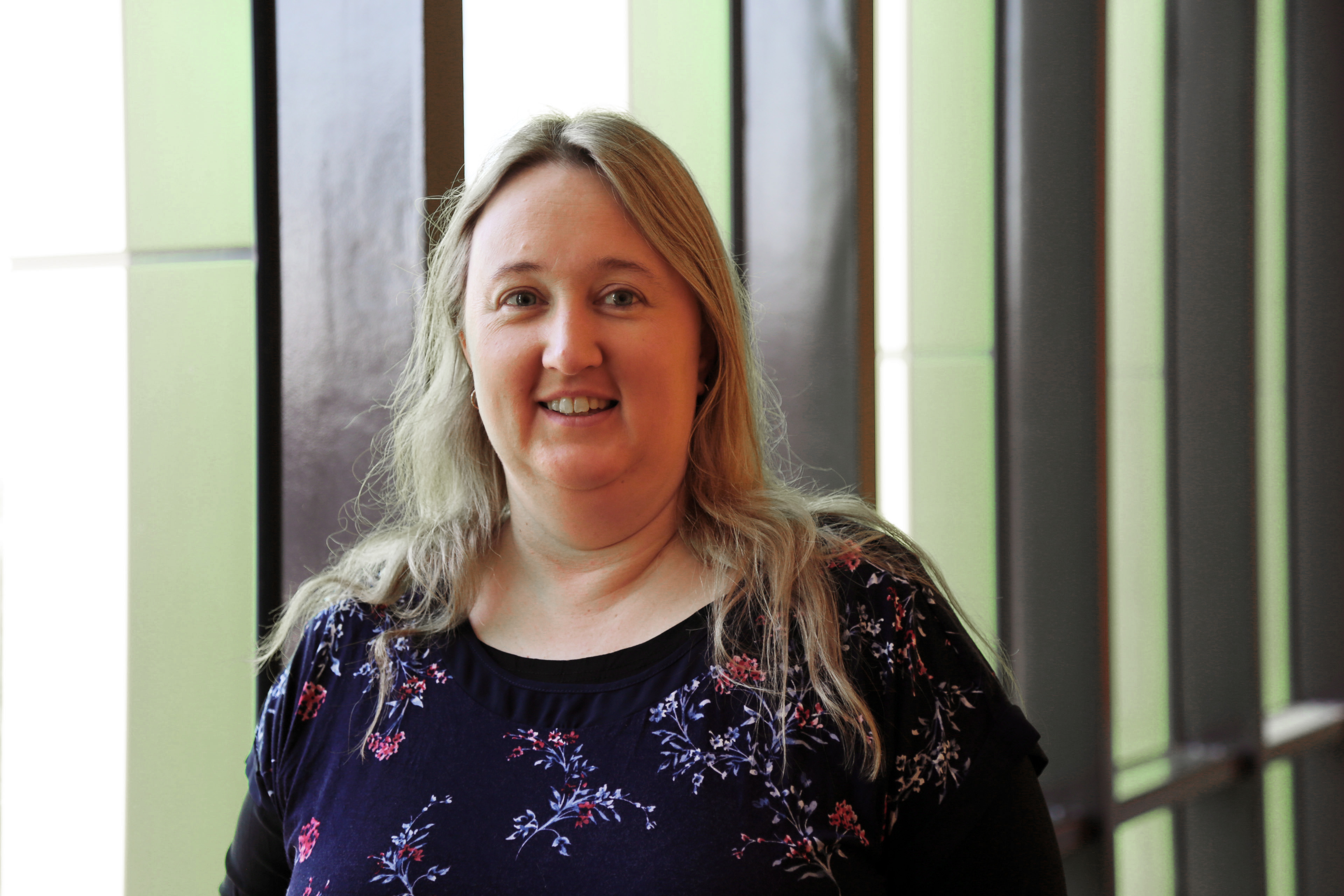
Angela Monteleone
Angela Monteleone was a late-starter to nursing, having graduated when in her 40s.
With a lack of employment options in the rural area of NSW in which she was living, Angela found a job – untrained – as a personal care worker.
‘I figured out after my first week or so that I really loved aged care,’ Angela said.
After a couple of years, Angela decided to move to Victoria and studied registered nursing at Ballarat’s Federation University.
Upon graduating in 2014, Angela was put in charge of caring for 60 people in a private nursing home.
It was her rude introduction to nursing in the Victorian private aged care sector, where, unlike public nursing homes, the federally regulated private sector does not have nurse to resident ratios.
From 2019, Angela has worked in a regional public health service which has a 30-bed nursing home and a sub-acute ward. She is also a case manager in the health service’s transitional care program three days per week.
Having made the switch from the private to public sector, Angela is well-placed to see the difference that nurse to resident ratios make to quality of care. She has also extended her education and now holds a graduate diploma in gerontology from Charles Sturt University.
Angela agrees with the counsel assisting the Royal Commission into Aged Care Quality and Safety recommendations that personal care workers should be registered and staffing ratios mandated across all aged care facilities.
While working in private aged care, she said, serious health issues such as a fractured pelvis, a bowel obstruction and pneumonia were left untreated for too long because personal care workers did not have the education or training to pick up the signs and symptoms and alert a health professional.
Sadly, given the infection control issues she witnessed while working in the private aged care sector, Angela was not surprised by how quickly COVID-19 spread within Victorian nursing homes, with most affected homes privately-owned.
Angela said these were systemic issues, based on inconsistent quality of training and education, and lack of staff, rather than the fault of individual personal care workers.
‘I know that (private) aged care homes still employ people who have no training and there are no checks and balances,’ Angela said.
Despite the clear and entrenched problems within private aged care that the COVID-19 outbreaks and the royal commission have exposed, Angela is keen to promote aged care as a nursing career path, especially now that she is working in the public sector where ratios apply.
‘I couldn’t even begin to tell you how good it is,’ Angela laughed.
‘It’s the fact that you know your residents as people, you’re constantly looking after the same people. It’s not in the door and out the door that you have in acute.
‘The multi-disciplinary team is much more tight-knit because you’re looking after those same people, so everyone gets to know everybody on a much nicer basis and that can reflect the care we give to the person.’



